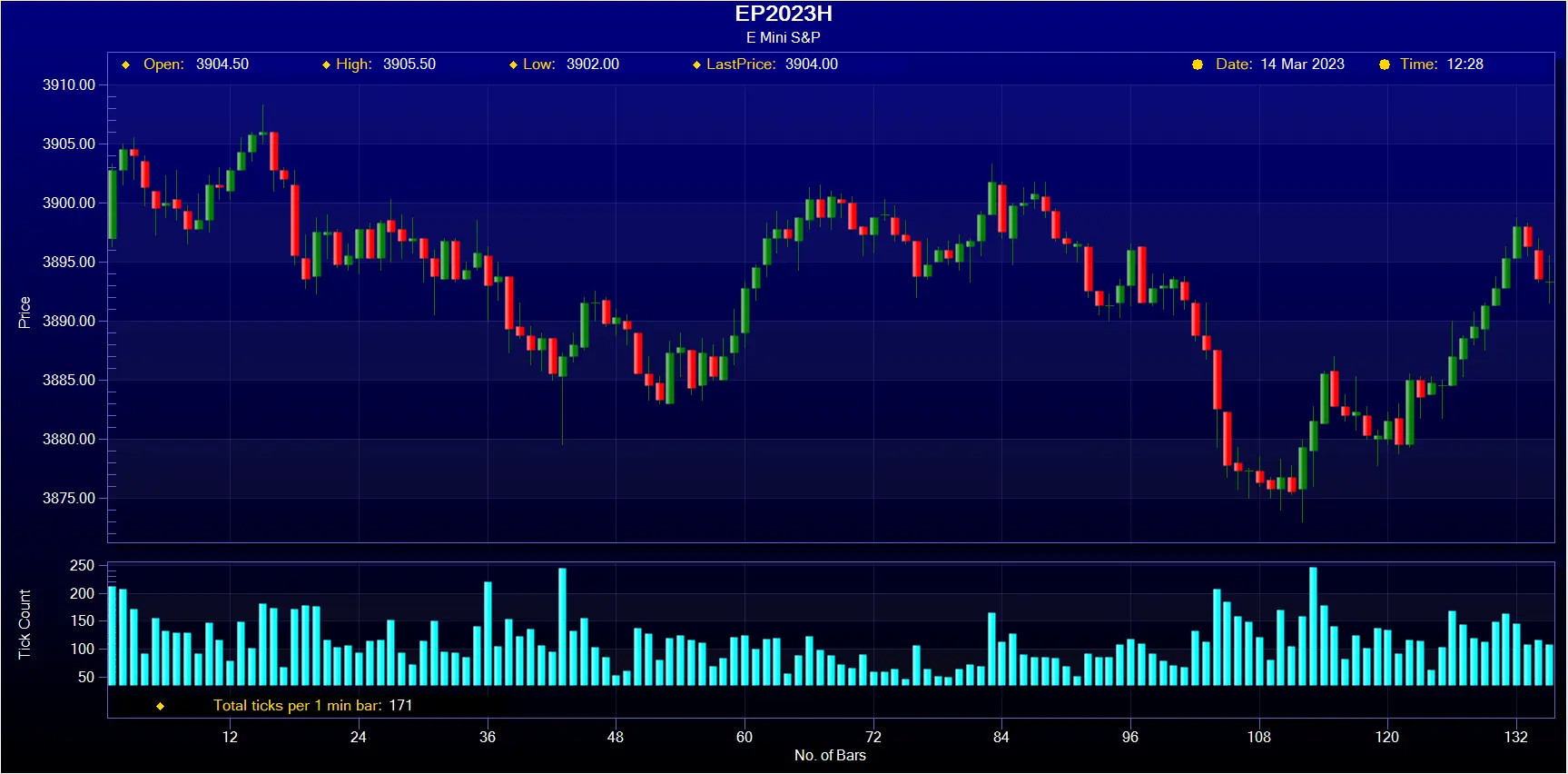Are you looking to make better trading decisions in the Emini SP 500 (ES SPX) futures market? If so, analyzing historical data is a great way to increase your chances of success. In this blog post, we’ll discuss the benefits of analyzing historical emini sp 500 data, how to use it effectively when making decisions about trades, and tips for incorporating it into your trading plan. By understanding how past price movements impact current conditions in the ES SPX futures market, you’ll be able to make more informed choices when placing orders.
Overview of Emini SP 500 Futures
The Emini SP 500 (ES SPX) futures market is an electronic stock index futures contract traded on the Chicago Mercantile Exchange. It is one of the most actively traded and liquid markets in the world, with over 3.2 million contracts per day changing hands. The ES futures contract tracks the performance of the S&P 500 index, a benchmark for the US stock market. It provides traders with the opportunity to speculate on whether the underlying stocks of the S&P 500 will rise or fall in value.

Benefits of Analyzing Historical Data
Analyzing historical data is an invaluable tool for successful trading in the ES futures market. Traders can use historical data to identify trends in the market, understand how different factors influence price movements, and make more informed trading decisions. Another benefit historical data provides is creating predictive models and develop short-term and long-term strategies for managing risk. By understanding how past performance impacts current conditions in the ES SPX futures market, traders will be able to make more educated trading decisions.
How to Access and Use Historical Emini SP 500 Data
Traders have access to a wealth of historical data in the ES SPX futures market, including daily intraday prices, volume open interest, and other technical. To access this data, traders can use a variety of sources, such as trading platforms (such as Ninjatrader), data feeds, and historical data providers such as Portara. When using historical data, traders should look for patterns in the market that may provide clues about future price movements. For example, observing how prices respond to news can provide valuable insight into potential trades. Additionally, analyzing volume open interest can help traders identify likely entry and exit points for trades.
Tips for Incorporating Historical Data into Your Trading Plan
To maximize the benefits of analyzing historical data, traders should integrate it into their trading plan. This includes setting up a system for tracking and storing data, as well as reviewing it regularly to identify trends and make informed decisions about trades. Additionally, traders should focus on identifying the most important information from their analysis and using it to inform their trading decisions. Regularly incorporating historical data in your trading plan will enable you to be better equipped to make decisions that maximize profits and minimize risk.
Conclusion
Analyzing historical emini sp 500 data can be a valuable tool for traders looking to increase their chances of success in the ES SPX futures market. By understanding how past price movements impact current conditions, traders can make more informed decisions when placing orders. Additionally, incorporating historical data into your trading plan can help you identify trends and maximize profits while minimizing risk. We hope this article has provided you with valuable information on how to use historical sp 500 futures data.
